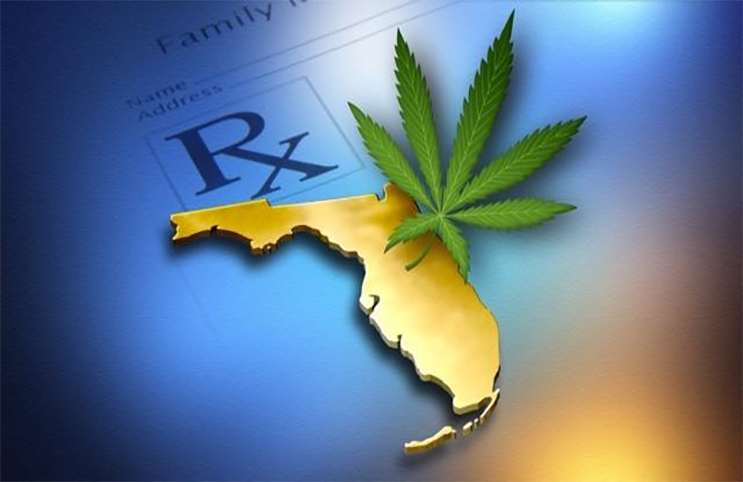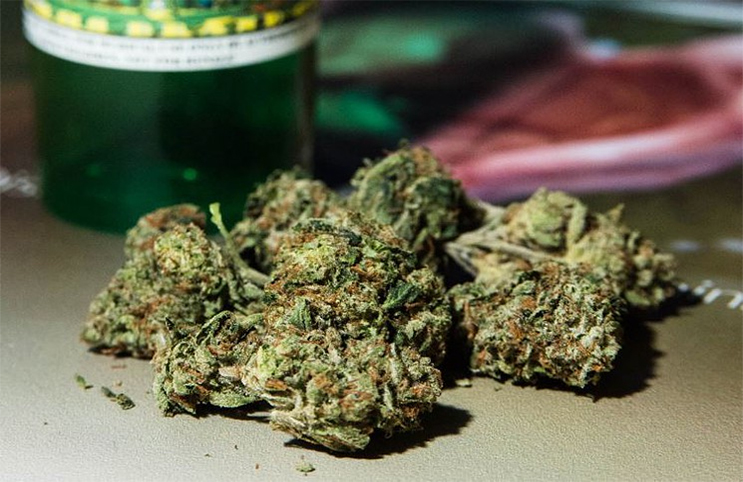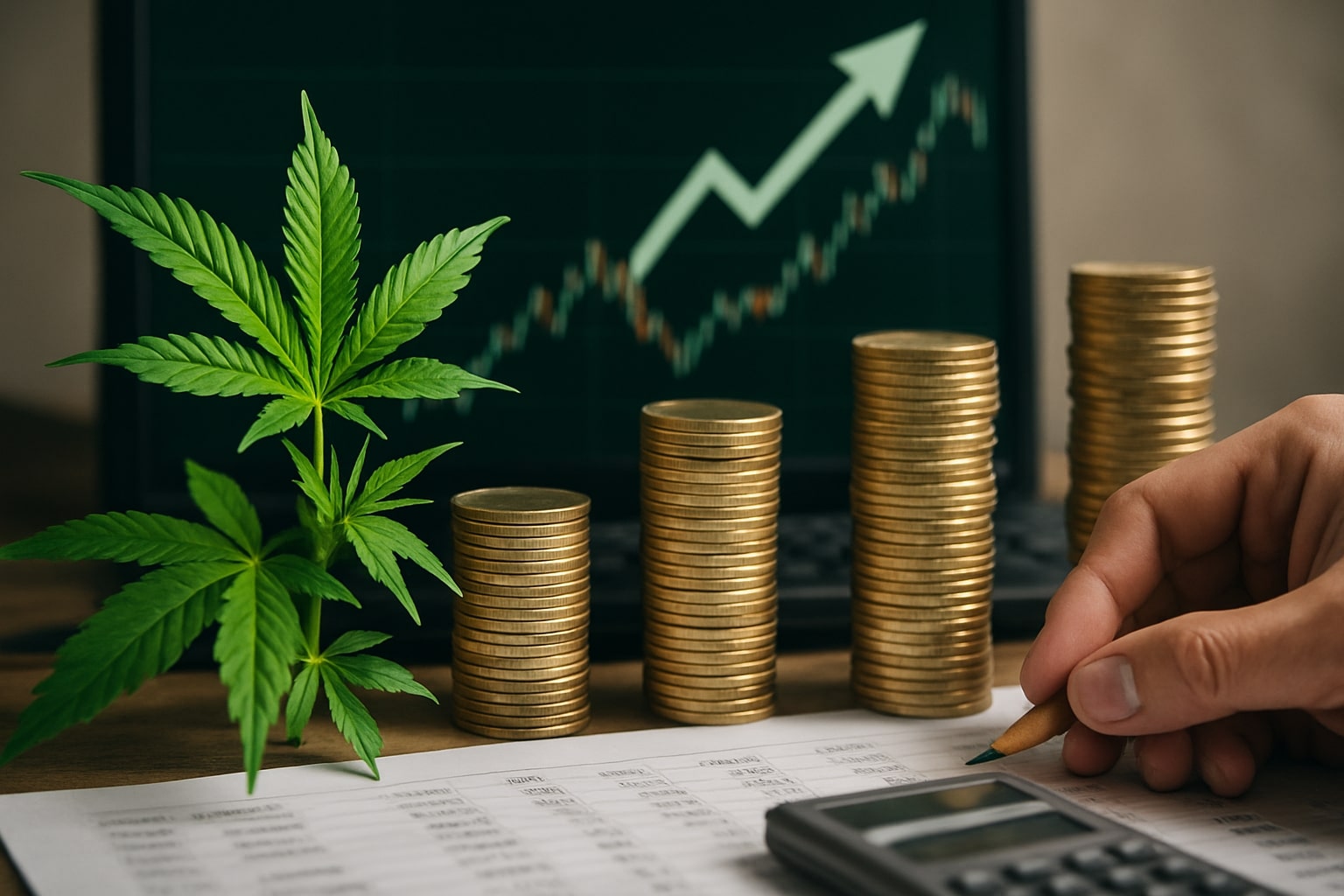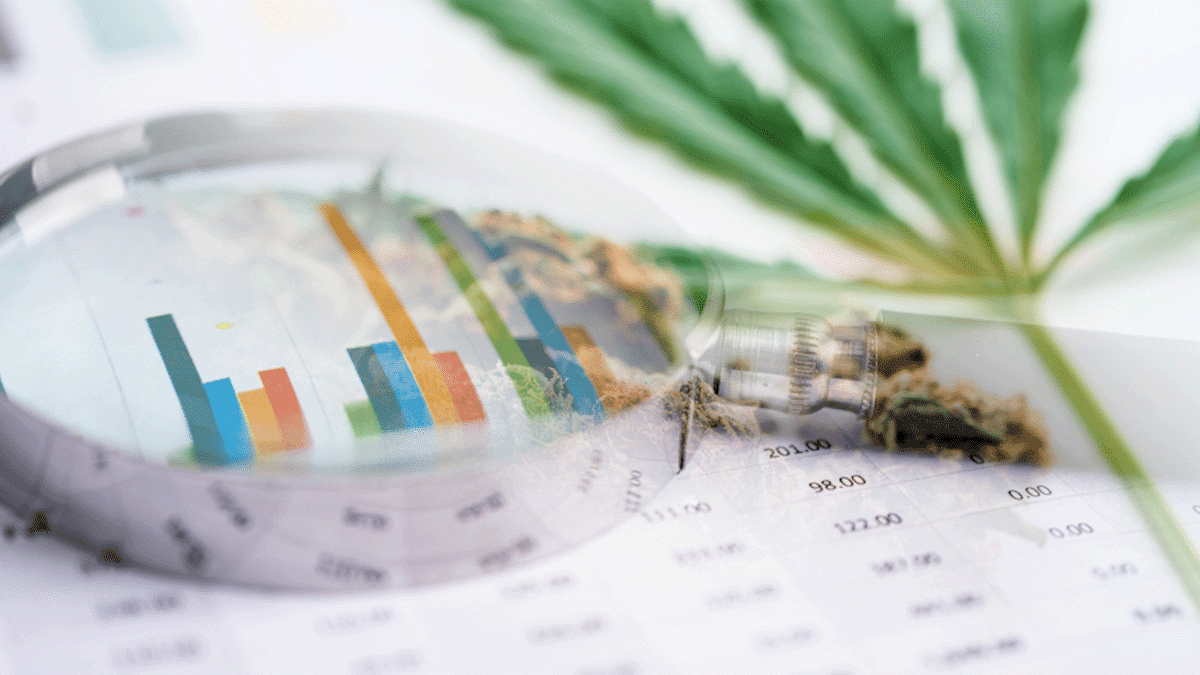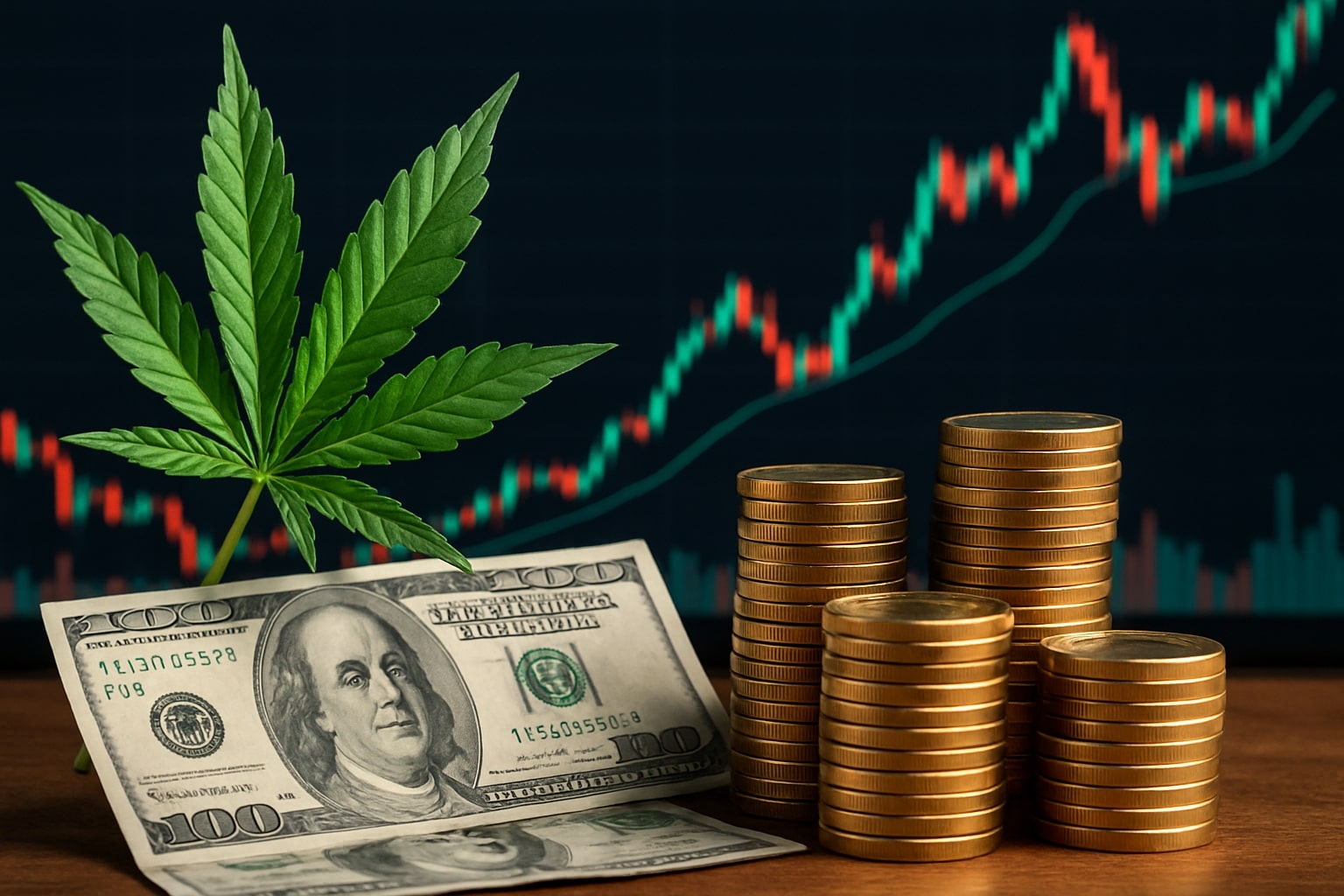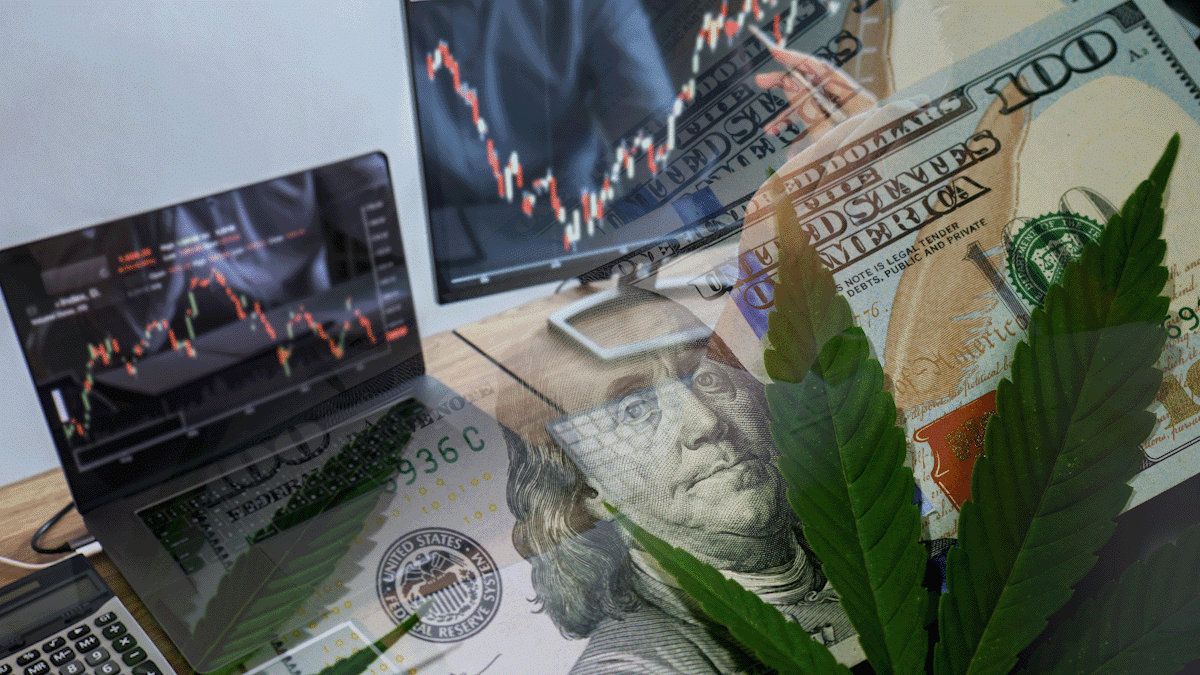The controversial question surrounding cannabis, THC and CBD remains. How can THC a substance in cannabis have such a profound, significant effect on mental processes yet CBD, another substance in cannabis does not? The answer lies within the cell membranes found in the brain and central nervous systems; specifically, the cannabinoid 1 (CB1) receptors found in these membranes. The difference between THC a potent psychoactive and CBD boils down to the manner in which they interact with the CB1 receptor. THC binds well with CB1 cannabinoid receptors and CBD has low binding affinity for CB1 receptors.
Compare them to the pieces of a puzzle. A THC molecule is perfectly shaped to fit into the puzzle; which when connected, activates or stimulates the CB1 receptors. As per researchers; THC is a CB1 receptor agonist, which means THC works to activate CB1 receptors. THC is a “key” that so closely resembles anandamide aka “the bliss molecule,” that it actually activates CB1 receptors, allowing it to produce blissful feelings. Animal studies have taught us that anandamide can increase appetite and enhance pleasure associated with food consumption, and it’s likely responsible for some of the rewarding effects of exercise (e.g. the “runner’s high”). Anandamide also plays a role in memory, motivation, and pain.
CBD is categorized as an antagonist of CB1 agonists and is not a good fit with CB1 receptors. This means that it doesn’t act directly to activate or suppress CB1 receptors—rather, it acts to suppress the CB1-activating qualities of a cannabinoid like THC. In other words, when you ingest THC and CBD, the THC directly stimulates those CB1 receptors, while the CBD acts as a kind of modulating influence on the THC. As Project CBD co-founder Martin Lee once wrote: “CBD opposes the action of THC at the CB1 receptor, thereby muting the psychoactive effects of THC.”
This difference in psychoactivity has had profound political implications. As the founders of Project CBD have noted, some have mistakenly labeled THC the “bad cannabinoid” and CBD the “good cannabinoid.” Legislators have passed many “CBD-only” laws in Southern states in an effort to allow patients access to this potent cannabinoid while prohibiting its psychoactive sibling. But the pioneering cannabis researcher Raphael Mechoulam has often spoken of the “entourage effect,” the idea that cannabinoids and terpenes may work better together than in isolation. The GW Pharma product Sativex, for example, is a drug approved outside the U.S. for treatment of MS-related muscle spasticity. Sativex contains with a nearly 1:1 CBD-to-THC ratio. As researchers learn more about CBD and the role of other cannabinoids and compounds in the treatment of conditions like MS, we may be able to more accurately dose CBD in combination with other cannabis-derived compounds.
MAPH Enterprises, LLC | (305) 414-0128 | 1501 Venera Ave, Coral Gables, FL 33146 | new@marijuanastocks.com




